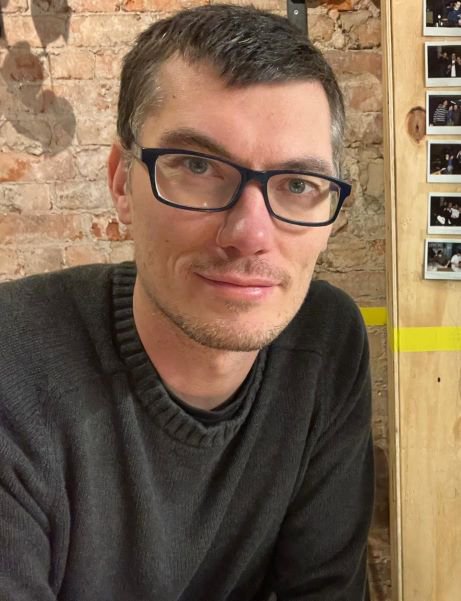The University has a wide variety of special interest and user groups with many now found under the Computation and Data in Research (CaDiR) Teams space. The success of these groups relies on a dedicated band of academic leads and PS staff who support the ongoing conversations in the Teams channels, answer questions from the University research community and suggest speakers and content for future events.
Dr William Lloyd has recently joined the University UK Biobank User group academic leads to work alongside Dr Nils Muhlert, Dr Charlotte Woolley and Dr Robert Maidstone to bring together users of the resource from all Faculties of the University.

Explain a little about your most recent research project and how it involved the UK Biobank?
Actually, I'm yet to use the Biobank data, although I’m certain that this will be remedied very soon! My background is in MR imaging physics, with a research focus on developing quantifiable imaging biomarkers. I’ve previously spent quite a bit of time researching structural and functional associations in the brain; initially in early childhood development and latterly in the ageing brain of older adults. Part of my current (soon to be previous) role has been in harmonising MRI biomarkers across scanners. All in all, working with the Biobank data holds many potential interests for me.
How did you hear about the UoM UK Biobank group?
I heard about the user group thanks to Nils Muhlert (one of the academic leads) posting about the meetings on the University Neuroimaging mailing list. I attended one of the user group meetings when I was considering applying for the University / Biobank lectureship position so I could learn more about the University’s user community.
What is your role at the University and how does it interact with the UK Biobank?
I've been at the University of Manchester since 2017 so I'm not exactly new here but my new role will be as a University of Manchester lecturer in MRI physics for half of my time and as a UK Biobank MRI physicist for the other half. For the UK Biobank, I'll be looking after the eight UKB MRI scanners. My job in the first instance will be to make sure that the MR data we acquire is as good as possible, by identifying and fixing image quality issues where possible, and otherwise accurately characterising limitations in the data. The better the MRI data is, and the more we understand what we can and can’t do with it, the more useful it is. For the University, I will be a teaching and research lecturer in MRI physics. My research will continue to focus on MR methods development and I’ll be aiming to build in a lot of crossover between my two roles, incorporating Biobank data into my research wherever possible.
In terms of working with a foot in both UK Biobank and UoM camps, how will this help you with being an academic lead for the group? How will your role benefit the group?
One of the defined objectives of my job is to help strengthen the relationship between UoM and UK Biobank. I’ll be a ‘User’ as well as a UK Biobank employee. I hope that unique perspective will be useful to the group. Naturally, I will be looking to promote the use of the MRI data specifically, so my expertise might be useful for users of other types of UK Biobank data whose research may benefit from including imaging data.
What would you like to see the UoM UK Biobank group doing over the next 12 months?
From what I’ve seen so far, I’ve been really impressed with the User Group meetings. I’m looking forward to more of that and hearing from as diverse set of users as possible. I’d also be happy to be involved in practical training / workshops if there was interest in that.
Find out more about CaDiR and the University UK Biobank user group and join in with their activities on their Teams space.

